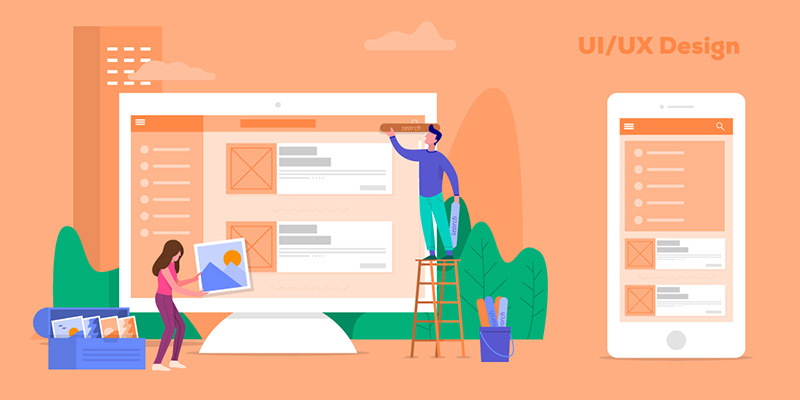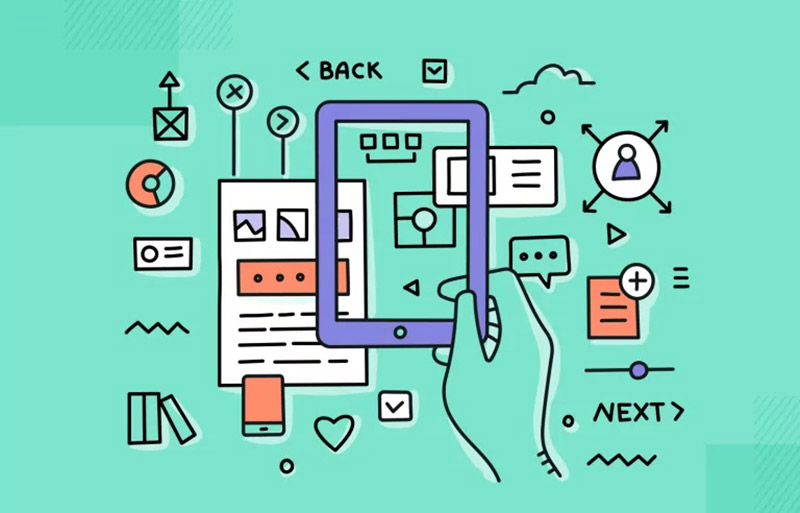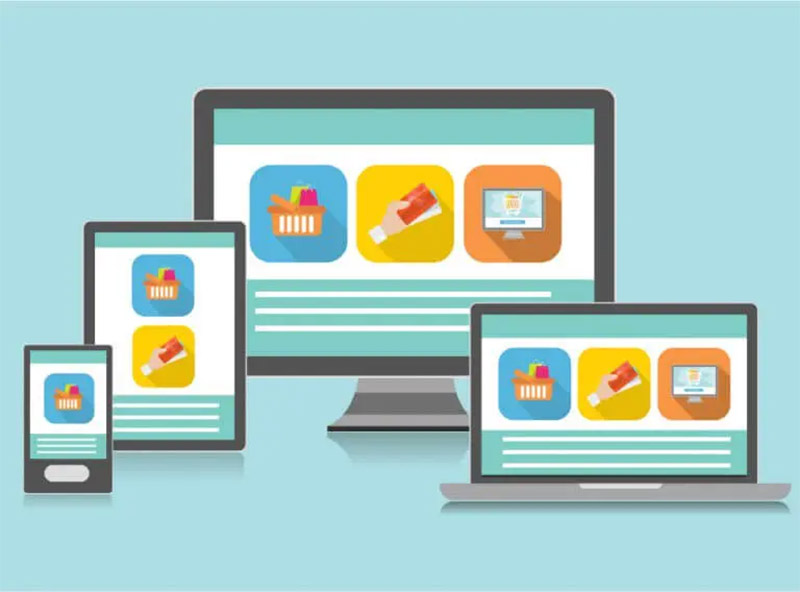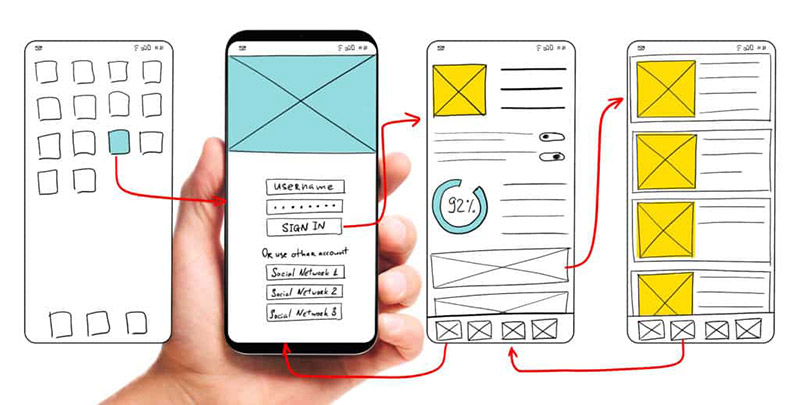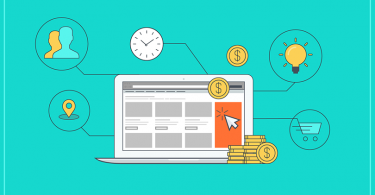“The best kind of design isn’t necessarily an object, a space, or a structure: its a process—dynamic and adaptable.” —Donald Arthur Norman
What is User Experience(UX) design?
UX, or User Experience, can be understood as the interaction a user has with a product or a service. A UX design aims at giving a pleasant experience to each consumer when it comes to the product/service, be it when testing the product in their hand or the checkout experience they have while shopping online.
A good UX design aims to create a pleasant experience for all users. The goal is to escort visitors to your site by showing them what they want to see and facilitating their buying. The product should correspond with the customer’s need at that given time.
Five characteristics of a UX design
To understand UX design in a much more comprehensive way, one can break it down into the following characteristics:
1. UX is more than just good usability
It is impossible to have a good UX design without good usability. The usability helps us understand whether the user will be able to complete tasks without any hassle. However, while good usability is a prime characteristic incorporated into the product while designing it, it doesn’t mean that people will use it.
2. UX design and UI design are not the same
People often get confused between UX design and UI design because of the connection of the word “design” with visuals. But User Interface(UI) design only deals with the surface layer of the product, while UX design is responsible for all functions in the background.
3. UX design is about the people
A good UX design can be developed only after understanding what the market looks like. People’s wants, needs, understanding, and product usage shape the UX design. If a UX designer has no idea of what the consumers want, then they will not be able to create something worthy enough for the market.
4. UX design is an ongoing process
There is no perfect UX design. One can ascertain the success of a UX design depending on how smoothly the audience can use it. But the design keeps changing when people’s opinions come in, or technology advances. So designers aspire to have a design that keeps up with the product and industry changes and meets people’s expectations.
5. UX design should fulfill business needs
Even though people shape the UX design, the design will be useless if it doesn’t meet a business goal. Therefore, designers should find a way to balance both sides of the spectrum in their design.
For example, when creating a camera, the designers can cut back on advanced features to keep it budget—friendly and equip it with the essential technical elements so that the camera gets work done.
Six practices to follow while designing UX
A universal UX design is one of the approaches to creating a design that caters to the broadest set of users at once. It is one way that developers can contribute to ensuring more inclusivity in their designs. A universal UX design follows these principles:
- Fair design usage is valuable and marketable to people with diverse abilities.
- The UX design should be flexible and accommodating to a wide range of individual preferences and abilities.
- The user should easily understand the design without prior experience, knowledge, or skills.
- The UX design should flawlessly communicate necessary information to the user.
- Minimal hazards and consequences of accidental actions on the interface.
- The user should be able to efficiently use the design without putting any extra effort.
How can you improve your UX design?
Before making changes or improvements to the UX design, you should be aware of the weak points in your interface. However, there are circumstances where the UX design is perfect, but due to technological advancements, it needs to be changed. Regular audits of the UX design on your website will help you determine what component of your interface needs improvement.
For testing purposes, it is better to involve real users than designers. The following methods can be implemented into your UX design:
1. Consider user research
The market research you do is the basis of the UX design you develop. But, if you are not aware of your target audience, their tastes, likes and dislikes, and other important information, your entire UX design structure is bound to fail.
For an efficient UX design, include a feature that allows your users to request app development. The data collected will help you understand your users’ requirements and the trouble areas in your website. Then, you can develop features that address their concerns and have a fully functional UX design. You can find the best practices to follow in Maze’s usability testing guide.
2. Keep it as simple as possible
Too much of anything is wrong, even in UX design. If you stuff many features into one interface, you will confuse visitors instead of helping them. Therefore, it is better to strip out anything you don’t need and provide your visitors with the most transparent and straightforward journey on your website.
You will have to develop compatible UX designs for all types of screens, be it a mobile screen or a laptop. To familiarize users with your website or your application, be sure to do it with the help of minor features as possible. However, you can include more features when you grow your application.
3. Incorporate reasonable visuals
Good visuals have the power of grasping your audience’s attention. It helps them understand your expectations and your goals in your UX design. Conversely, a bad design can make elements go astray and confuse the visitor.
When the visual hierarchy is broken, and visuals are wrongly placed or overloaded in the system, poor market awareness could be why. A good visual UX design includes the following:
- Clear visual hierarchy
- Correct accentuation of interaction points
- A compelling call to action
- Emotional impact
- Easy attention management
- Proper presentation of content
- A perfect blend of images, font, rhythm, and visual balance
- The correct response and communication
- A clear and understandable path towards the goal
4. Optimize interactions
The most crucial element of a successful UX design is communication and interactions with your users. Therefore, the interface set should help your user the same way a human would. The purpose is to stop users from making mistakes and reach where they want to be on the website/application.
You can aid more conversations on your design interface in the following ways:
- Provide visual feedback on the state of the system
- Show friendly and encouraging messages when errors occur
- Separate features for lengthy scenarios
- Minimize the effect of interrupted activities
- Save information of the user from their previous actions
- Create more emotional interactions
- Provide opportunities to undo actions
- Have responsive clickable zones
5. Accessibility and readability from any device
Accessibility means providing people with different physical abilities the opportunity to use the digital product, despite the circumstances. Your UX design should be accessible to all. By making your website accessible to all, you can be assured of getting more visitors to your website.
Readability is how your site content will be laid out on any device. Therefore, it is better to use an adaptive, fluid, and responsive layout so that your users are comfortable. Such a layout will ensure that all the necessary UX design elements are appropriately rearranged at breakpoints. Furthermore, a responsive layout will not change the visuals on your website and won’t overload the page.
In conclusion
An effective UX design makes your product/website/application predictable and easy to use. It shouldn’t be something that confuses the user when they proceed with their intended actions. All the UX design methods mentioned above ensure that your company has a successful footprint in the online space.
A good UX design can drive more revenue, recognition, and traffic for your business. Each user should get what they came for, and you should be able to help them achieve that. The design you create acts as a silent ambassador for your brand’s image and success in the industry.
By B Naomi Grace
Subscribe to our Newsletter!

